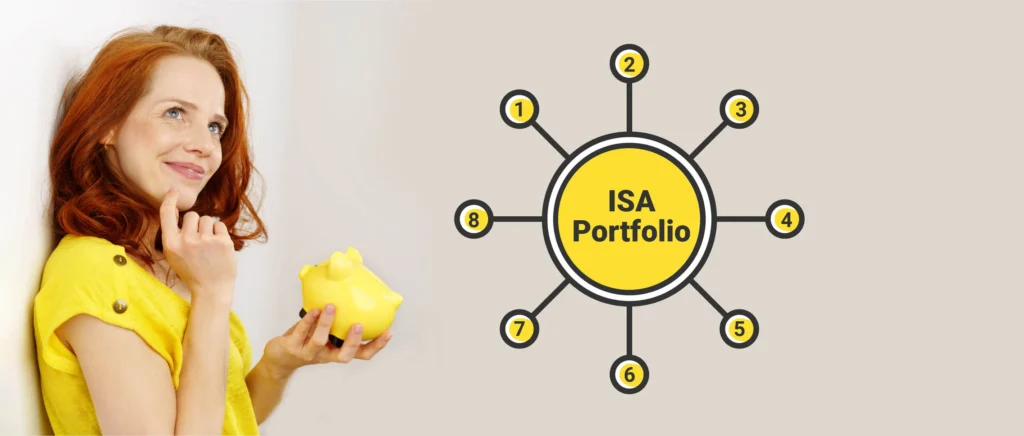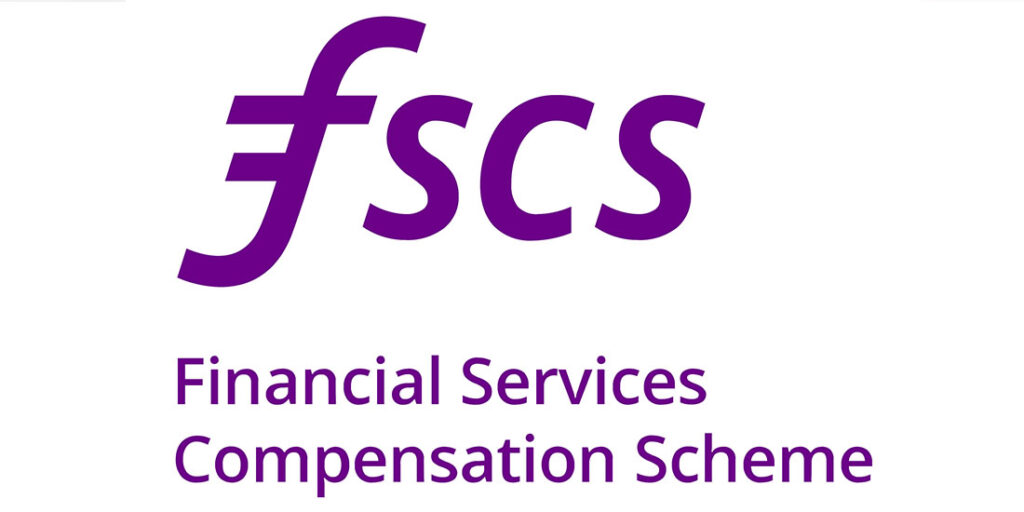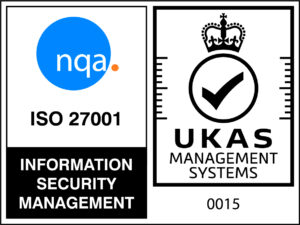
How many ISAs can you have?
In the past few years, the ISAs (Cash, Stocks & Shares, IFISA, Junior) have consistently been on an upward trajectory.
The ISA allowance may be strict each tax year, but it doesn’t mean you have to limit yourself to one account. You need to look into different ways to spilt your ISA allowance. You can invest a specific amount into your ISAs each year (for example: £20,000 in 2020/21) but how you split your funds across ISA accounts is up to you.
The ISA Types
There are four ISA types you can invest in:
- Cash ISA: this works just like a regular savings account, meaning you do not have to pay tax on the earned interest.
- Stocks & Shares ISA: with this ISA, you can invest in a range of bonds, funds and individual company shares. All your gains are free from capital gains tax.
- Innovative Finance ISA: this allows you to earn tax-free interest on funds that are lent through peer to peer lending platforms. The IFISA market is believed to have broken the £1bn barrier in the 2019/2020 tax year, according to data from The Investing and Saving Alliance (Tisa). This means IFISA went up from £711m in the 2018/2019 tax year and is on a steady rise.
- Lifetime ISA: this ISA helps you save for retirement or home deposits. Deposits in Lifetime ISAs get a 25% bonus from the UK government.
- Junior ISA: this is a long-term savings account which a parent or a legal guardian can set up for children. Only the child will be able to access the funds once they reach the age of 18.
Understanding your ISA allowance
Every year investors and savers get an annual ISA allowance. For the tax year of 2020/21, it is £20,000.
| Tax Year | Annual Individual Savings Account Allowance |
| 2015/16 | £15,240 |
| 2016/17 | £15,240 |
| 2017/18 | £20,000 |
| 2018/19 | £20,000 |
| 2019/20 | £20,000 |
| 2020/21 | £20,000 |
In 2017/18, the adult ISA allowance increased from £15,240 to £20,000, and it has been the same ever since. Similarly, in 2019/20, Junior ISA increased from £4,260 to £4,368 and took a big leap in 2020/21, as Junior ISA stands at £9,000. However, the Lifetime ISA has not increased after being introduced in 2017/18. It offers a £4,000 allowance per tax year.
Understanding your ISA allowance is important to know how much you can invest in the ISA. You can invest your whole allowance, or you can split it by paying into each separate type of ISA, whether that is an existing account or a newly-opened one. You can divide up your allowance according to your financial goals.
How to choose the right ISA mix for you?
In order to choose the right ISA mix, you must consider your appetite for risk, the timeframe you would like to invest or save over and what your ultimate financial goal is.
You can split your ISA allowance half-half between cash and stocks & shares ISA, or you can put in the whole allowance to just one type of ISA account. Ultimately it is up to you, as long as you do not exceed the limit. If you want to take complete advantage of the Lifetime ISA bonus, remember these ISA accounts have an annual limit of £4,000, which leaves you with £16,000 to save or invest somewhere else.
What happens to your previous years ISAs if you open a new ISA account?
Along with opening a new account for each type of ISA every tax year, also you can retain your previous years ISA, which means you can build up a collection of ISAs. But remember, you cannot add the previous years ISA account if you have opened a new account for the same type of ISA.
Simply put, if you have a cash ISA account with one company that dates back to a previous year, you can open a new cash ISA account and put your money into the current year while your previous account continues to earn interest. But you cannot make contributions to both accounts.
Also, you can transfer all or part of the previous years ISA funds into your new account to get a better interest rate, along with opening a new ISA account for the current year. Again, you can’t invest in both accounts in the same tax year.
There is no limit to the transfers you can make in a tax year, however don’t do transfers by yourself. If you wish to make the transfer, contact your provider to move the funds, or you risk losing the tax-free status.
The exception for the age of 16 and 17
While both junior and adult ISAs are subject to annual allowance, there is actually a loophole that allows 16- and 17-year-old to open both types of ISA accounts in the same tax year. This means they can get a combined annual allowance of £29,000.
Whether you should invest in multiple ISAs or not ultimately depends on what your financial goal is. It’s always a good idea to consider your risk tolerance and the timeframe you are looking to save over.
*Capital is at risk and Kuflink is not protected by the FSCS. Past returns should not be used as a guide to future performance. Securing investments against UK property does not guarantee that your investments will be repaid and returns may be delayed. Tax rules apply to IFISAs and SIPPs and may be subject to change. Kuflink does not offer any financial or tax advice in relation to the investment opportunities that it promotes.













